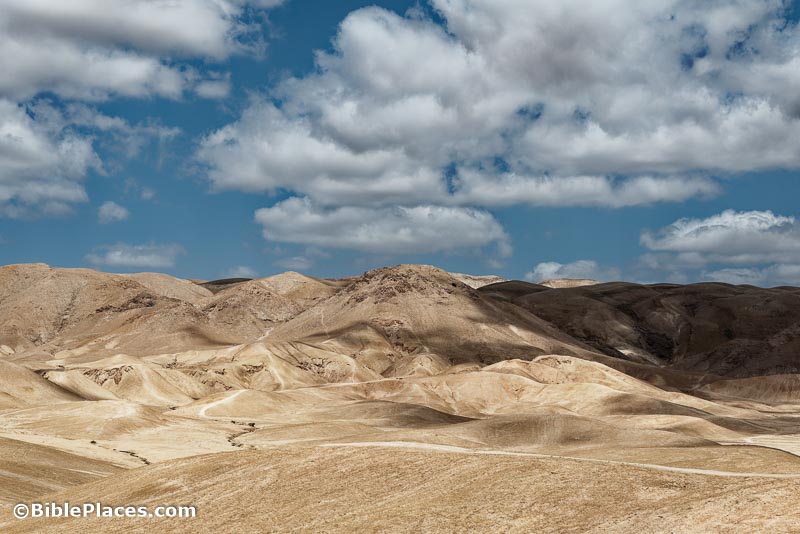The Temple Mount Sifting Project has discovered some very rare Byzantine coin weights, suggesting that there was more activity on the Temple Mount in the Byzantine period than usually assumed. Perhaps there was even a church located there.
“Almost a century after the British archaeologist Alan Rowe excavated Gezer, Dr. Samuel Wolff published a final report on the site, including on three vessels whose use defies interpretation.”
“The Forma Urbis Museum recently unveiled an exhibition featuring an ancient marble map of Rome dating back to 203-211 AD.”
Nathan Steinmeyer provides a 6-minute video tour of Beth Shean in the latest episode in BAS’s OnSite series.
Bible History Daily has a piece introducing an article in BAR about the Deborah and Jael mosaics discovered in the Huqoq synagogue.
A new study suggests that Roman wine tasted spicy.
“After years of criticism over its collecting practices, Emory University’s Michael C. Carlos Museum is repatriating to Greece three antiquities that are widely regarded to have been looted.” Reading the article requires a free account.
Hybrid lecture on Feb 22 at the Albright: “The Archaeology of Olive Oil: Excavating a Bronze Age Olive Oil ‘Factory’ in Jordan,” by Jamie Fraser
Biblical Israel Ministry and Tours has begun a new teaching series on the “Life of Christ in Context.” The first episode is an overview of the whole.
HT: Agade, Ted Weis, Arne Halbakken
